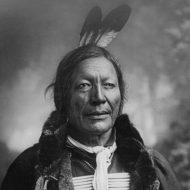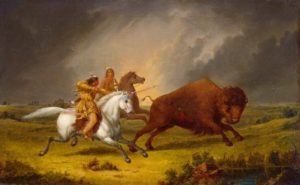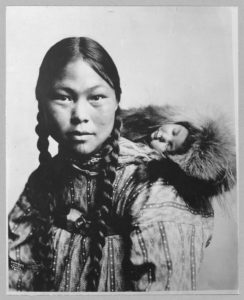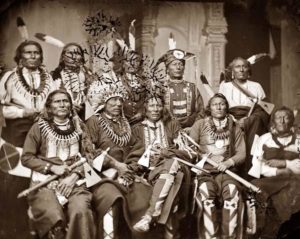A Day in The Life of Native Indian Americans

Native American life was a lot different than working a 9 – 5 job, running to the nearest restaurant and ending the day watching television on the couch. Life as a Native American changed for men, women and children.
To get a clear picture of the daily life of Native Americans, we need to look at it from three perspectives:
A Day in The Life of Native Men
The men began their lives with the name of an elder or ancestor. Later in life, their name would change that described a heroic act in their lives. Boys were focused on fighting and horsemanship, so they had little time for girls.
Being tough and brave was essential for men.
Men may join battles, which would consume their lives. The guardian spirit caused men to leave their tribe at the age of 17 in search of the spirit. Upon returning home, he would be ready for battle or would be sent out to hunt for his tribe and family.
Days or weeks would be spent on trying to find herds.
Men would report back to the tribe and then have to go and kill the buffalo if asked. Animals were sacred, and only the number of animals needed to eat were killed.

A Day in The Life of Native Women
Women held a very important role in their society. Women would pitch tipis, move tipis if the tribe was relocating, and they were in charge of tanning hides, too. Skinning buffalo and pray was the job of the women, and they cooked, too.

Gathering was the job of women. The women in a tribe would collect berries, nuts and other consumables while the men were hunting.
When the women weren’t working, they would engage in a game of “shinny,” which is a lot like field hockey.
Women were so vital to the tribe that without them, the tribe would cease to exist.
A Day in The Life of Native Children
Children had different roles, depending on the tribe they were part of at birth. Children that were part of the Plains Native tribes were cared for by their parents, and they were never beaten. Strength was vital to the tribe, and crying was not acceptable.

Babies may even have been moved to another location if they cried and wouldn’t stop.
The issue with this practice is that opposing tribes may hear the cries and locate the baby and their respective tribe. Children would eventually be taught in the ways of their tribe and their beliefs.
Rituals would be taught to children, too.
Children copied their parents often to learn how to live and perform daily activities. Boys would be seen on toy horses. Girls would be seen making tipis and played with dolls made out of the skin of deer.
Boys would go out to find their spirit animals between the age of 14 – 17. Much of a boy’s younger years were spent training for hunts and battle.
Rituals and religion were also a major part of life, with tribes honoring their ancestors often and holding big ceremonies when the entire tribe was able to gather together.

